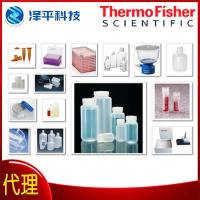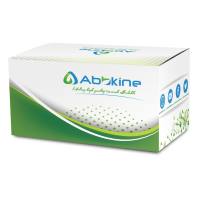Measurement of Phosphoinositols and Phosphoinositides Using Radio High-Performance Liquid Chromatography Flow Detection
互联网
468
Individual phosphoinositols and phosphoinositides in tissues and cells are commonly analyzed by thin-layer chromatography (TLC), liquid chromatography, and high-performance liquid chromatography (HPLC) after labeling the phospholipid with a radionucleotide such as [γ32 P]ATP and/or [3 H]myo -inositol (1 ,2 ). Whereas the TLC method is simple and rapid, it may not be suitable for the routine analysis of inositol phosphates (InsP) in small quantities of tissue or cell samples because of its low sensitivity and poor resolution. Indeed, the analysis of replicate samples in most experiments does not lend itself well to TLC analysis. The inability to separate isomers of the individual InsPs is one of the major disadvantages of low-pressure, ion-exchange chromatography and thus, limits its use. Furthermore, when one employs the ion-exchange approach, it is possible to see increased counts in the high-salt fraction in stimulated samples that are the result of spillover of radioactivity from a lower-order InsP. HPLC separation of InsPs on the other hand, provides high sensitivity and excellent separation of isomers, and thus, is the preferred method if one’s goal is to study InsP metabolism and calcium mobilization by inositol 1,4,5-trisphosphate (Ins(1,4,5)P3 ) and/or inositol 1,3,4,5-tetrakisphosphate (Ins(1,3,4,5)P4 ) (3 ,4 ).









